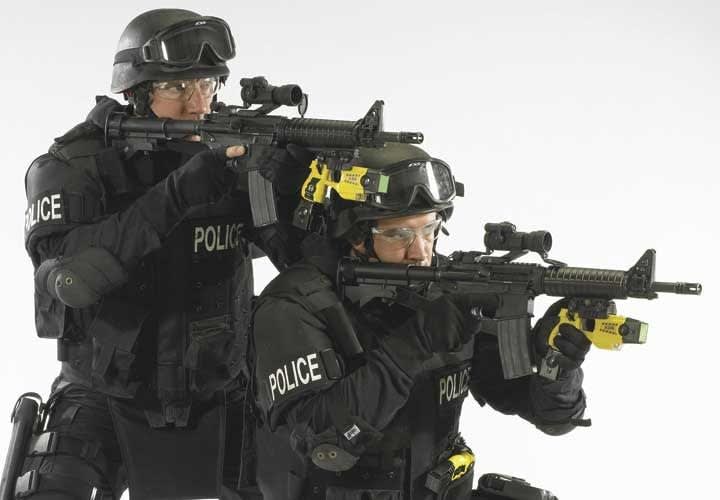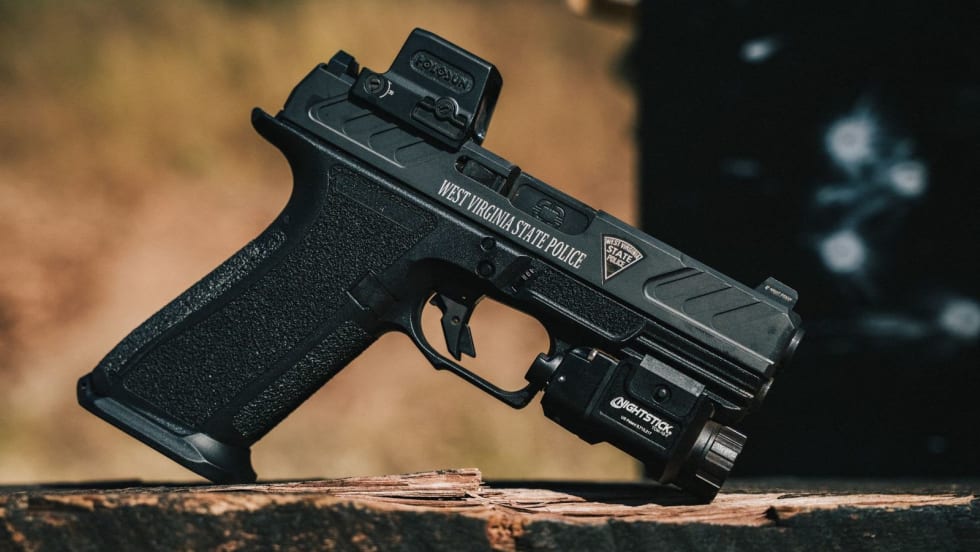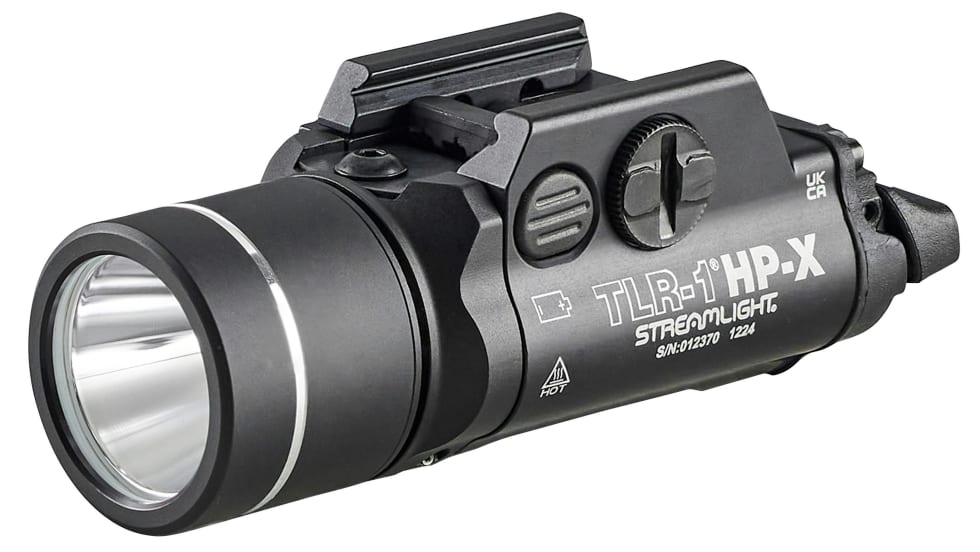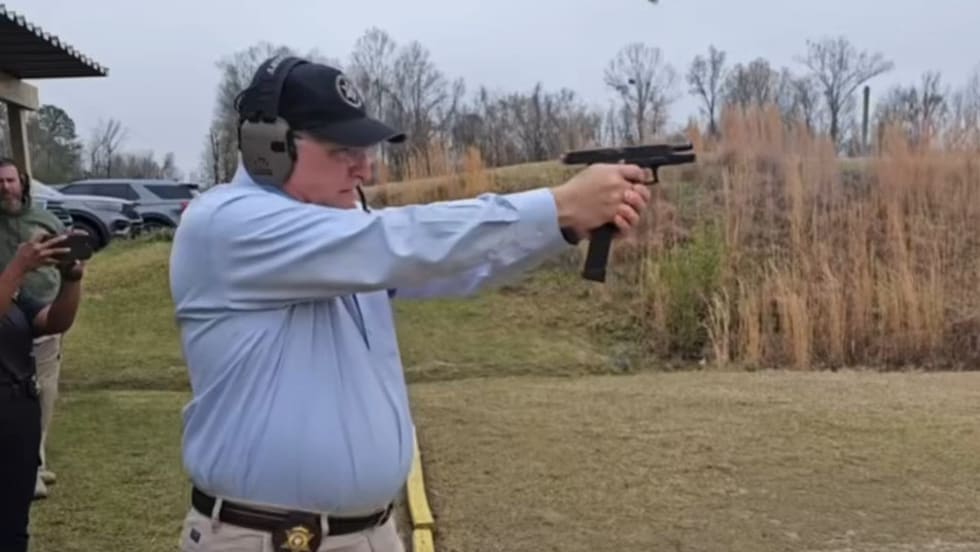In other words, the bulletin recommends that the chest is not a preferred target area for all of the reasons discussed above. It does not, however, prohibit chest shots. In fact, it actually recognizes that in many situations, an officer will not be able to avoid a chest shot because of movement, dynamics of the scenario, tactical issues, and/or time. In those situations, there is nothing that states that an application to the chest is off-limits.
As this bulletin was being written, it was recognized that using prohibitive language would only serve to box in officers and make them apprehensive about using their TASER devices. It is unfortunate, however, that many agencies have misunderstood this point and decided to make large, sweeping changes because of this misunderstanding such as removing TASER devices from their officers or writing their policies to be more restrictive. Officer and suspect injury rates will escalate when those types of reactionary and reflexive decisions are made without fully understanding the issue.
What the bulletin does recommend, however, is that when officers have the luxury of time and can aim to place a shot, they should try to follow the preferred targeting recommendations for optimal results and risk management. This is really no different than saying when you have the time and can line up your shot, you may want to try to target the back with the TASER device because that also has a very high likelihood of best effect. The bulletin is all about improving the user's odds of success while minimizing risk and liability based on evolving information.
The training bulletin is also promoting a universal target scheme for ease of operator use.
TASER International now has several products available for law enforcement use. One of them is the shotgun propelled XREP device, which has the characteristics of blunt impact as well as electrical charge delivery for incapacitation.










